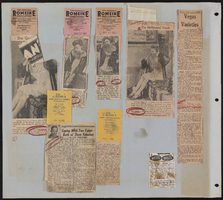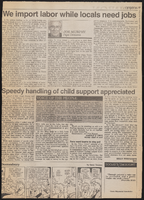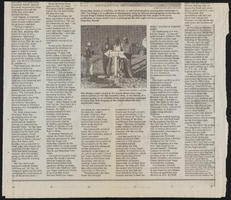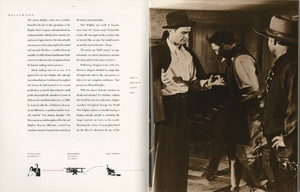Search the Special Collections and Archives Portal
Search Results
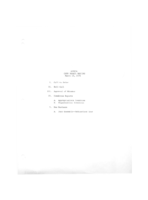
Meeting minutes for Consolidated Student Senate, University of Nevada, Las Vegas, March 23, 1976
Date
Archival Collection
Description
Text
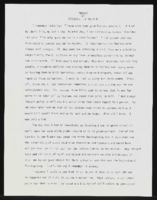
"Thanks": article draft by Roosevelt Fitzgerald
Date
Archival Collection
Description
From the Roosevelt Fitzgerald Professional Papers (MS-01082) -- Drafts for the Las Vegas Sentinel Voice file. On the Thanksgiving holiday.
Text
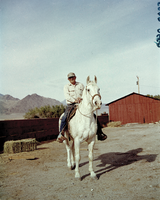
Phil Tobin on horseback: photographic film
Date
Archival Collection
Description
Image
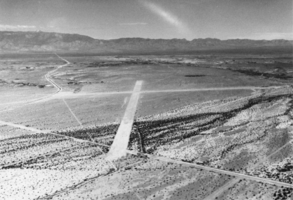
Aerial view of Airstrip: photographic print
Date
Archival Collection
Description
From the Nye County, Nevada Photograph Collection (PH-00221) -- Series IV. Pahrump, Nevada -- Subseries IV.D. Wiley Family. In the years after Roland Wiley acquired John Yount's ranch in Pahrump Valley, Nevada, access was difficult. From Las Vegas the shortest route was to drive through Goodsprings over a paved road, then to Sandy Valley, which was a narrow gravel road; then to the Pahrump Valley and west on the Tecopa Road. The trip took 3-1/2 hours. Wiley notes that from the ranch, it was a 7-hour round trip drive into Las Vegas to buy a 10-cent screw. In 1941, Roland constructed the airstrip pictured here near the ranch in order to make access easier.
Image
Schwartz Brothers Clothing
Schwartz Brothers Clothing was located on Main Street for five years before it moved to Second Street, then in 1957 the business relocated to 303 Fremont Street, which was the heart of the business district at the time. The store was located on Fremont Street for 22 years, during which time Stanley Schwartz was president of the Downtown Merchants Association for three or four years. The Schwartz brothers also operated the men's and boys' departments in the Wonder World discount stores, and later the artificial flower department
Corporate Body
Mummified remains of a Native American known as Queho: photographic print
Date
Archival Collection
Description
From the Nye County, Nevada Photograph Collection (PH-00221) -- Series IV. Pahrump, Nevada -- Subseries IV.D. Wiley Family. Mummified remains of an Indian renegade known as Queho. Many years previous to when this photo was taken in the early 1940, Queho is said to have killed and robbed a number of individuals in the Searchlight, Nevada area. Unsuccessful efforts were made to to apprehend Queho. In the early 1940, the men pictured here on the left and right were exploring an area along the Colorado River when they saw a cave in the cliffs above the river. They climbed up to the cave and Queho's remains were found. Research established that the remains were Queho’s because several of the artifacts he had stolen from people in Searchlight accompanied the remains. Queho’s remains were turned over to the Palm Mortuary in Las Vegas when a question arose there as to who would pay for the expenses of keeping Queho there and his burial. Roland Wiley, district attorney for Clark County, Nevada, at that time, suggested that the remains be turned over to the Elks Lodge, where for a number of years they were exhibited on the Helldorado grounds during Helldorado Days in a glass display case with some of the stolen artifacts. Queho’s remains were stolen from the Elks on two occasions, and each time they were recovered. Jim Cashman, head of the Las Vegas Elks at that time, grew tired of worrying about the theft of Queho’s remains, so they moved to a building belonging to Dobie Doc Caudill near the Tropicana Hotel. Roland Wiley purchased Queho’s remains from Dobie Doc for $100 and buried them near Cathedral Canyon, located on Wiley’s ranch in Pahrump Valley overlooking his Hidden Hills airstrip, in concrete and steel so they could not be easily stolen again. Wiley believed the Indian deserved a decent burial and buried popcorn with the remains to accompany Queho on his journey. Standing second from the left is Frank Waite, chief of police in Las Vegas for many years. Waite was a member of the posse that initially searched for Queho.
Image

